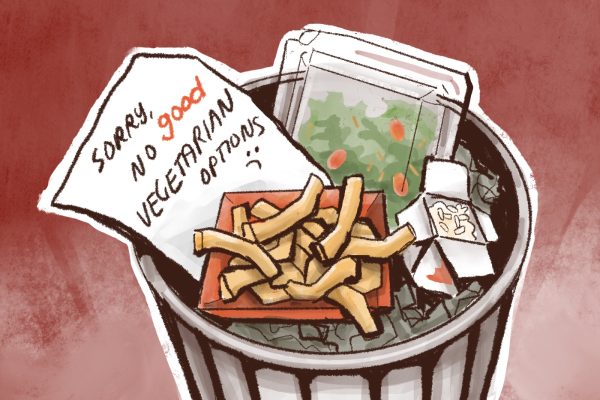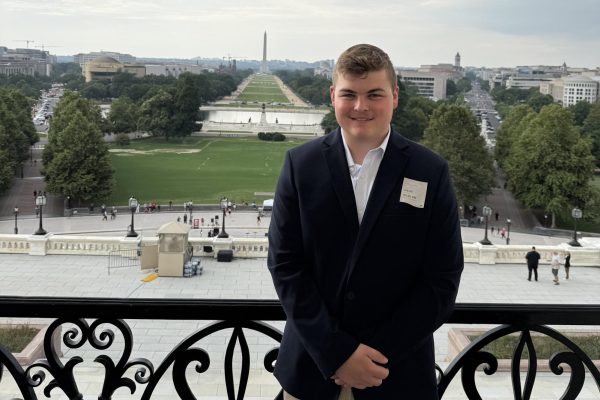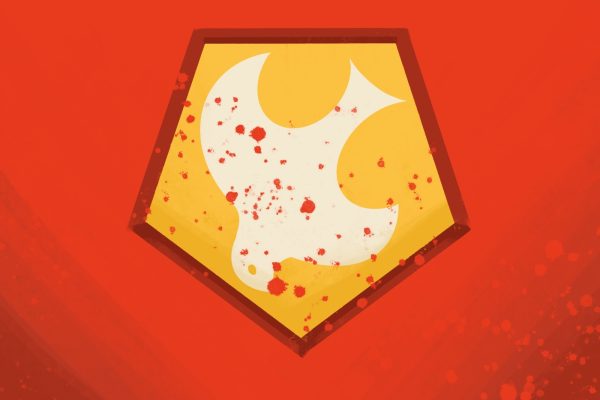From block parties to blogs: A look at the evolution of hip-hop
A lot has changed with hip-hop music since I convinced my mom to buy me Lil Jon’s “Kings of Crunk” album when I was in middle school. Hip-hop itself has seemed to have matured, and found a new identity alongside me in the past decade.
Internet accessibility has greatly influenced art and music scenes but none as noticeable as it has the hop-hip scene during the past few years.
Throughout my middle and high school years, the 2000’s, the radio and pop culture seemed to favor ATL, Atlanta based rap, and musicians such as the Ying Yang Twins and Ludicrous.
Hip-hop was stuck after a decade of party good time anthems ran their course, lacking any real direction or focus. Underground artists gained attention via online mix-tapes and social media while mainstream artists were left twisting in the wind.
In the past few years especially, hip-hop has frayed and continues to move in many different directions at once giving the genre a new depth and dynamics.
Young and ambitious musicians are no longer inhibited by the scope of the scene. They now have an audience who’s holding them more accountable for artistic direction and creatively as opposed to the conventional standards of a hip-hop artist.
Online artists have shifted the focus of the content they’ve been putting out in response to the new medium by using the Internet as opposed to using a record label.
Artists like Tyler, the Creator and Earl Sweatshirt have been using themes that appeal to most people in and outside of the hip-hop community, such as being awkward with girls, losing friendships, and dealing with an absent parent.
Many artists have been using references to old cartoons and video games that subtly establishes the feeling of nostalgia and a missed childhood.
Wichita rapper XV makes constant references to 90’s Nickelodeon Shows and comic books. They are not only featured in his music but on the cover art to his mix-tapes.
Internet pop culture also feeds into the new content. Rap group Das Racist seemed to recycle what was popular online into their lyrics to better establish their identity within the heavy internet uses, a very different crowd conventional hip-hop catered to.
New lyrical styles require an equal change in composition. Artists like Death Grips and Captain Murphy have introduced new, more abstract compositions that have been lingering in the underground but not really brought to the surface.
Aesthetically and content wise, the online hip-hop sense seems to be drifting closer to the alternative/independent genre and has been attracting a different fan base.
Internet blogs once dedicated to indie/alt rock bands have absorbed the online hip-hop community. Pitchfork for example, covers Detroit rapper Danny Brown just the same as they do New York Indie band Vampire weekend.
Though these colliding worlds may seem like a big step the collation has broadened the musical taste blog patrons and have made way for more heterogeneous play lists.
As always the main stream does whatever it wants to do and people still buy into it, but interestingly enough some mainstream musicians have patterned themselves of lesser known artists.
Kid Cudi uses a lot of emo, or emotional, themes that online artists seem to thrive on. Evan Kanye West’s new album, “Yeezus” uses risky ascetic choices similar to Death Grips unmistakable sound.
The online hip-hip scene may be just another short-lived niche within the genre; however, it seems to hold a lot of change and a long with it promise.
It’s important to remember that the genre as a whole is about the age of most of our parents so patience is a virtue for fans and artist when comparing the hip-hop genre.







